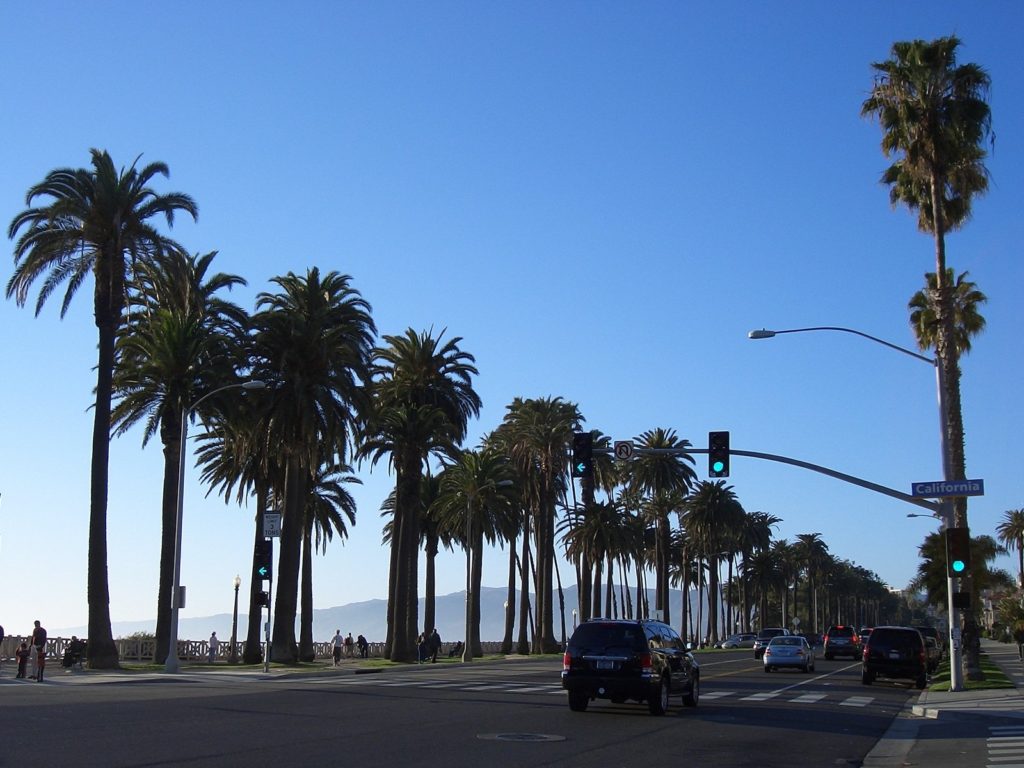In 2007, West Hollywood started its green mission by adopting one of the first mandatory green building ordinance in the country. This ordinance ensured healthier new buildings for residents, as well as an efficient use of energy and resources.
A few years later, Santa Monica decided to accept the challenge started by West Hollywood. A new Zero Net Energy ordinance was adopted. It meant that for all new buildings, the energy spent could not exceed the amount produced by on-site renewable sources.
However, Santa Monica did not stop there. The city is now taking on another sustainable endeavor called the Living Building Challenge. If everything works the way it is intended, this 50,000-square-foot city services building will be the most sustainable structure ever built in California, by 2020.
But, what is this “Living Building” accreditation given by the International Living Future Institute? To better understand the requirements that make a Living Building, we recommend reading one of our previous posts regarding the Bullitt Center (another Living Building in Seattle).
This Bullitt Center was a real source of inspiration for Santa Monica’s local representatives. Denis Hayes, from the Bullitt Foundation, has always been willing to share his knowledge and explain how he overcame challenges during the building process. That’s why Joel Cesare, Sustainable Building Advisor for the city of Santa Monica, mentioned going several times to Seattle, in search of new ideas to bring back home.
Obviously, one of the most critical aspect and challenge for this Living Building in South California will be the requirement to collect and treat its own water. Indeed, net-zero water is not only difficult to reach because of the arid climate but also because no system has ever been permitted to date (even though 2013 California Plumbing Code allows rainwater collected onsite to be a source of potable water).
The Bullitt Center’s foam-flush toilets could be one solution as it would save more than 270 thousand gallons of water a year if implemented in Santa Monica. But again, it needs to be approved by Santa Monica Building and Safety and the L.A. County Health Department before Santa Monica can even consider installing them.
In addition to water, a Living Building is supposed to provide its own electricity. Being in Southern California, nobody would expect this to be a challenge due to solar energy from near-constant sunshine. Actually, it is not exactly the case. Indeed, rooftop solar on the building alone cannot produce enough electricity to power the entire facility. One solution could be to install additional panels, like on the roof of the city hall, but then they could face another pushback as changes are supposed to preserve the historic landmark of the city.
On top of these technical aspects, the structure will have to transpire Beauty et Equity. As stated “Imagine a building designed and constructed to function as elegantly and efficiently as a flower”. For this last point, there is no doubt that Frederick Fisher & Partners and BuroHappold will succeed in this endeavor.

In the end, if Santa Monica succeeds with its Living Building Challenge, by 2020, its city hall will be a stunning example of the greenest structures and an concreate example that can be replicated worldwide. May more cities follow the lead of West Hollywood and Santa Monica, to bring value to every citizen of the World.
Construction Progress
Together for a Brighter Future
